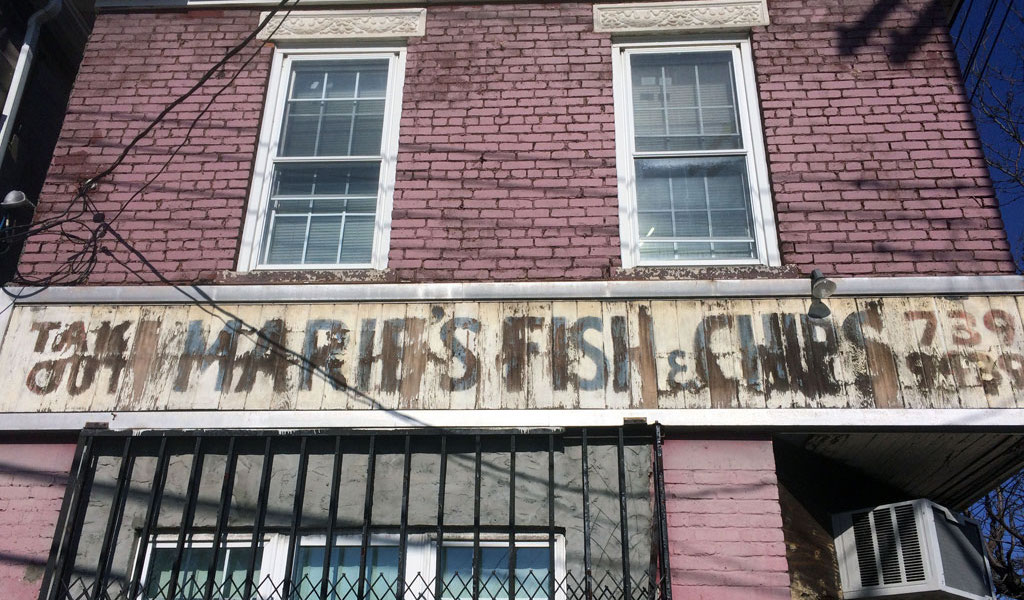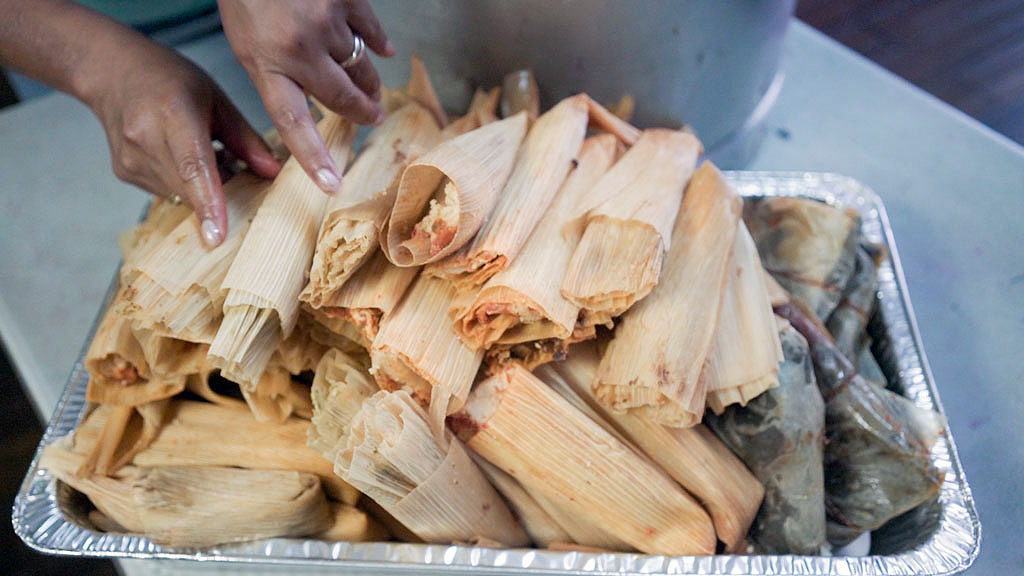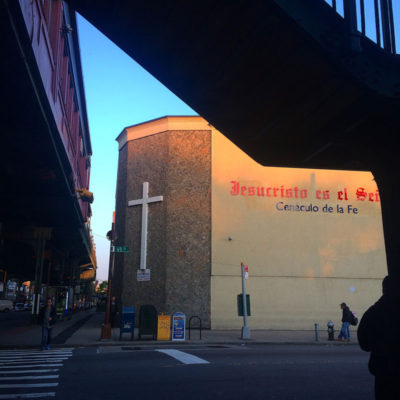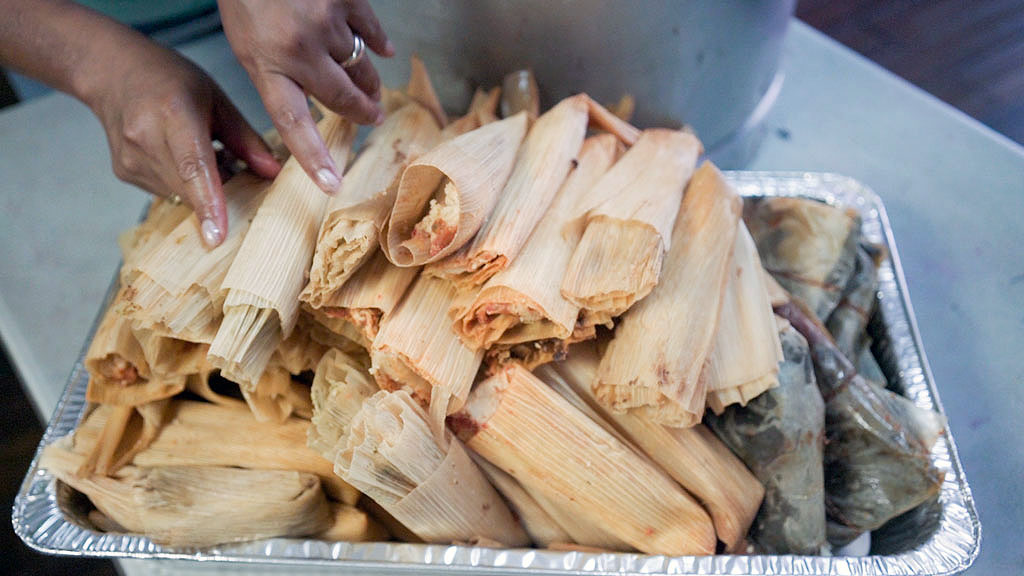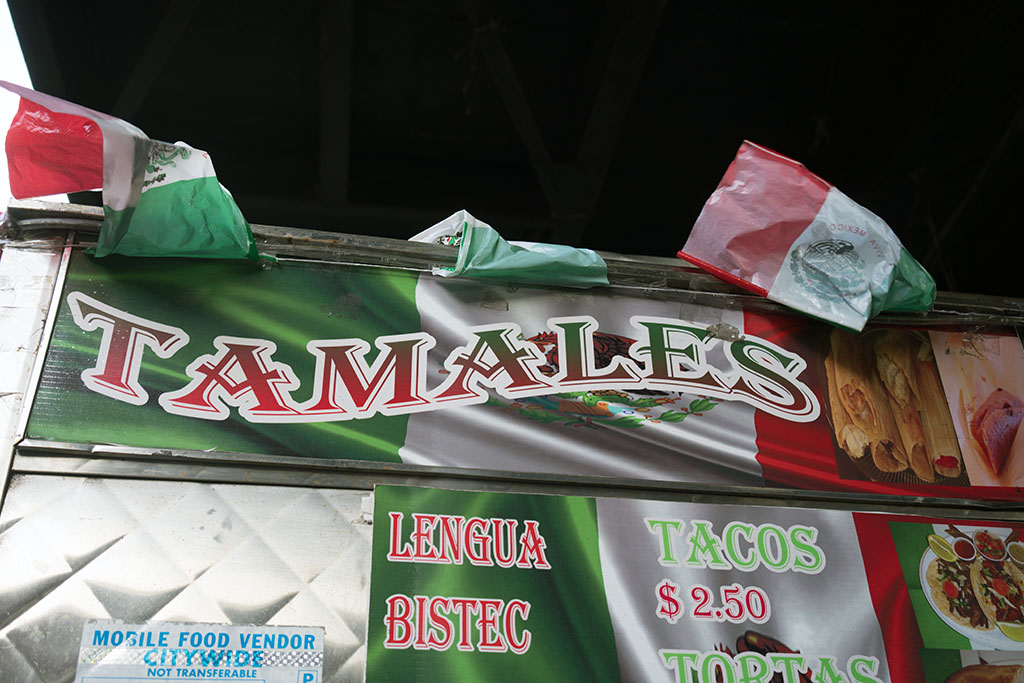We can't find the internet
Attempting to reconnect
Something went wrong!
Hang in there while we get back on track
Search results for "Sarah Khan"
Queens
Northward Bound: African-Americans in Queens, part 1
Enslaved Africans first stepped onto North American soil in 1619, unloaded by the Dutch West Indian Company in Jamestown, Virginia. Colonists first auctioned enslaved Africans in New Amsterdam (now New York City), New York, in 1626. According to the New York Historical Society, during the colonial period, 41 percent of the city's households had enslaved peoples, compared to 6 percent in Philadelphia and 2 percent in Boston. Only Charleston, South Carolina, rivaled New York in the degree to which slavery entered everyday life. By 1756, enslaved Africans made up about 25 percent of the populations of Kings, Queens, Richmond, New York and Westchester counties, says historian Douglas Harper. Because of a longer and colder winter, the lives of Queens County and Long Island slaves differed from those of their southern counterparts.
Read moreQueens
How the World Came to Queens
The story of how Queens transformed into a microcosm of the world’s cuisines is just as fascinating and important as those of the cuisines’ creators. The borough is one of the most diverse places on the planet, with over 120 countries represented and 135 languages officially spoken in the public school system. The cause? The Immigration and Nationality Act of 1965. From the Colonial period to the early 20th century, immigrants to the U.S. were mainly northern Europeans. Soon after the Immigration Act of 1924 passed, a national origins quota system dictated migration patterns. The Act allowed unlimited northern European entry, limited southern Europeans with quotas and excluded Asians, Africans, Hawaiians, Puerto Ricans and Alaskans.
Read moreWorldwide
Street Carts of Desire: The Tamale Ladies of Roosevelt Avenue
(Editor's Note: The ill anti-immigrant and -refugee wind blowing out of the White House in Washington, DC, does not represent the America we know, nor does it speak to our experience exploring the world’s culinary backstreets. The cities and countries where we work – the United States included – have always been havens for those looking for a better, safer place. All have come with their food, making their new home a truly better place for us all and becoming an indispensible part of its fabric in the process. In their honor, this week we are running some of our favorite archived stories of immigrants and refugees who have left a culinary mark on their adopted land.) If you walk the length of Roosevelt Avenue from 69th Street to 111th Street in the early morning, you may encounter up to two dozen tamale ladies, usually at the major intersections that correspond to the 7 train’s stops.
Read moreWorldwide
Street Carts of Desire: Taking It to the Streets
To organize for your right to vend is not glamorous; it involves community and trust-building, meetings, disagreements, unification around a campaign, administrative quagmires and persistence. This is what a small group of Latino vendors in Corona, Queens decided to take on. “I get too many tickets because of the ’20 feet rule’ or the ‘10 feet rule’ for vending too close to a business or crosswalk,” said a Latina street vendor. “The rules are unfair and confusing,” she added in Spanish. She was new to the monthly street vendor meetings in Corona. The more seasoned members, like Rosario, explained her vending rights. Rosario sells a few types of Ecuadorian ceviche with her partner, Jorge, on 111th Street.
Read moreWorldwide
Street Carts of Desire: The Tamale Ladies of Roosevelt Avenue
If you walk the length of Roosevelt Avenue from 69th Street to 111th Street in the early morning, you may encounter up to two dozen tamale ladies, usually at the major intersections that correspond to the 7 train’s stops. Few have licensed carts; most vend from grocery carts. Many of these women are up at 3 a.m. cooking and packing their steaming goods and are on the street by 4 or 5 a.m. Licensed or not, their business is brisk, efficient and professional. The ladies feed their own and charge prices that day laborers can pay. It is 5 a.m. on the corner of 69th Street and Roosevelt Avenue in Woodside, Queens. I am here to meet Christina Fox and her favorite tamale ladies.
Read moreWorldwide
Street Carts of Desire: Évelia's Courageous Tamales (Video)
Évelia, who sells tamales at the intersection of Junction Boulevard and Roosevelt Avenue in Queens, began with a grocery cart and no permit. Her story is a typical one. She arrived from Mexico in 2000. “When they arrested me [for operating without a permit], I really felt horrible,” she says. “I cried. But I had this courage inside. I decided to sell the next day.” After harassment from police, more arrests, obtaining black-market permits and contending with angry restaurant owners, she can finally sell her tamales legally. The video below tells her story, in her own words.
Read more